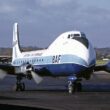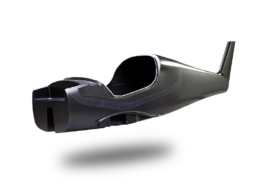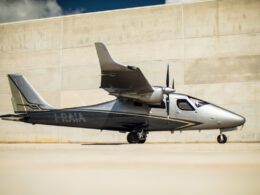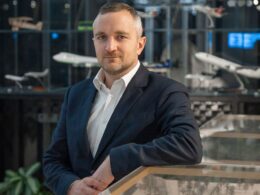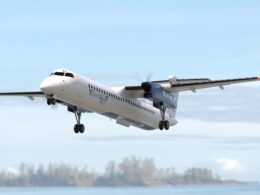Qantas Airways is launching three ultra-long-haul research flights, as part of the “Project Sunrise”. Around 19-hour long non-stop flights will head off from London (the United Kingdom) and New York (the United States) to Sydney (Australia) with the goal to gather data about inflight passenger and crew health and wellbeing.
The Australian airline has decided to use deliveries of its brand new Boeing 787-9s to test the ambition. Instead of welcoming Dreamliners in Australia, the airline is sending its pilots to collect them straight from the production line in Boeing’s factory in Seattle.
From there, aircraft are going to be flown to New York and London – starting points of the research flights. Within a timespan of three months, October-December 2019, they will return to Australia. Each journey will take approximately 19 hours, depending on wind and weather conditions.
Each flight will have no more than 40 people (including crew) on board, a minimum of luggage and catering in order to minimize weight and give the necessary fuel range to extend the range of the Boeing 787-9. After the research flights, Dreamliners will enter regular service.
Project Sunrise & World’s longest flights
Qantas has been open about the ambition to operate regular, non-stop commercial flights from the east coast of Australia (Brisbane, Sydney and Melbourne) to London and New York by 2022. In fact, two years ago (in August 2017), the Australian airline challenged Airbus and Boeing to extend the flying range of their next generation long haul aircraft for the Project Sunrise.
Upcoming research flights will not only provide insight for the project, but also mark the first direct flight from New York to Sydney by a commercial airline, the Aussie airline highlights in a statement, adding that direct London-Sydney flight is going to be the second by a commercial airline. In 1989, Qantas made the journey using a Boeing 747-400 (registered VH-OJA), to mark the Queen of the skies’ entry into service. To provide the range, that flight had only 23 people on board and minimal internal fit-out.
Currently, the title of the “world’s longest commercial flight” belongs to Singapore Airlines’ (SIA1) (SINGY) non-stop Singapore-New York service. The airline made headlines re-launching the route in October 2018. SIA uses an A350-900ULR for the flight that covers 9,534 miles and lasts up to 18 hours. Before its launch, the distance record belonged to Qatar Airways flight between Doha, Qatar and Auckland, New Zealand.
In March 2018, Qantas launched direct flights from Perth to London directly linking Australia and Europe. Qantas Group CEO Alan Joyce, who was one of the passengers on the inaugural flight, described it as a major milestone for Australia as well as global aviation by stating that “for the first time, Australia and Europe have a direct air link”. At the time, the route was the third longest commercial flight in operation, but the world’s longest Dreamliner flight.
Project Sunrise research
No seats will be sold to Qantas’ New York/London-Sydney flights, as people onboard the aircraft are to partake in testing. Hopes are to find out how to minimize jet lag and create a suitable environment for customers on ultra-long-haul flights, according to Joyce, as quoted in the statement. Testing on crew is to provide insight on how to “promote alertness on duty and maximize rest during their down time on these flights”.
To achieve these goals, people in the cabin – who will be “mostly” Qantas employees – will participate in “specific experiences” and wear “technology devices” throughout the 19-hour flight. Their sleep patterns, food and beverage consumption, physical movement will be monitored by scientists and medical experts from the Charles Perkins Centre. The researchers are also going to monitor lighting, and inflight entertainment to assess impact on health, wellbeing and body clock.
Researchers from Monash University will aim to collect data related to optimum work and rest pattern for pilots operating long haul services. To do that, they will monitor crew’s melatonin levels before, during and after the flights. Pilots will also wear an electroencephalogram device that tracks brain wave patterns and monitors alertness.
The data gathered from the research will be applied to adjust cabin design, inflight service and crew roster patterns for the Project Sunrise flights, but could later be applied to other long-haul flights, according to Joyce.

